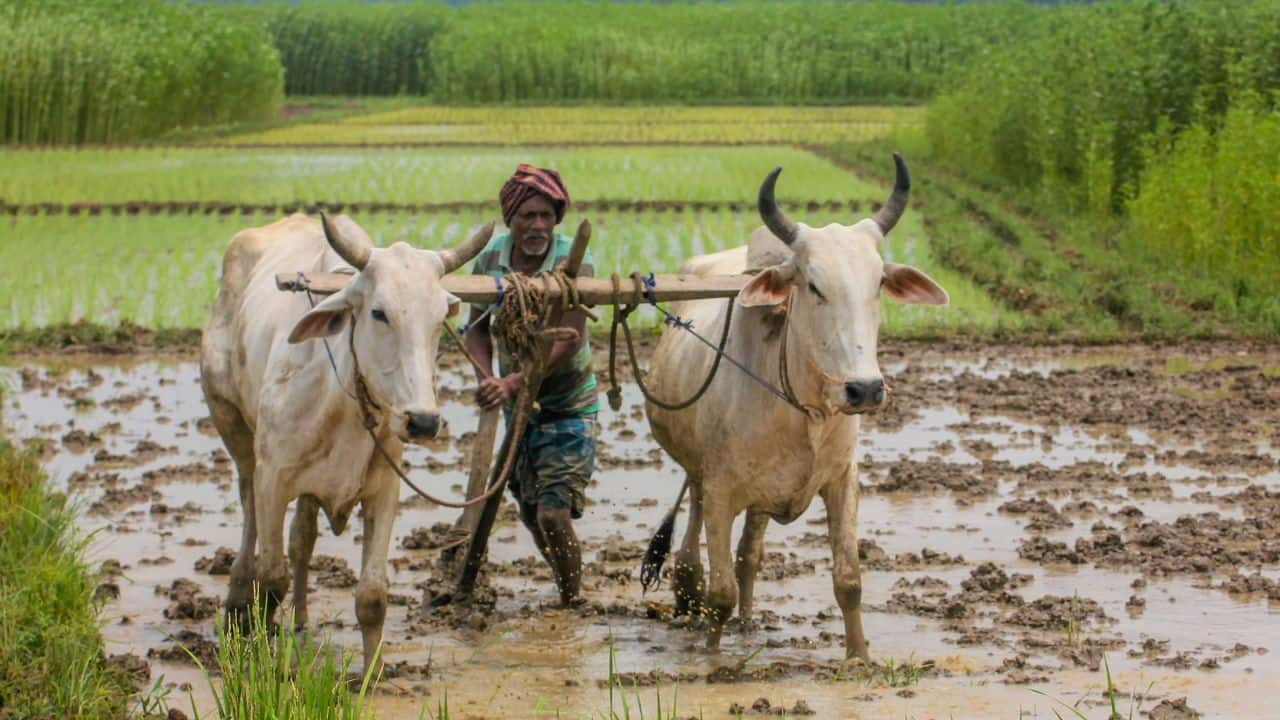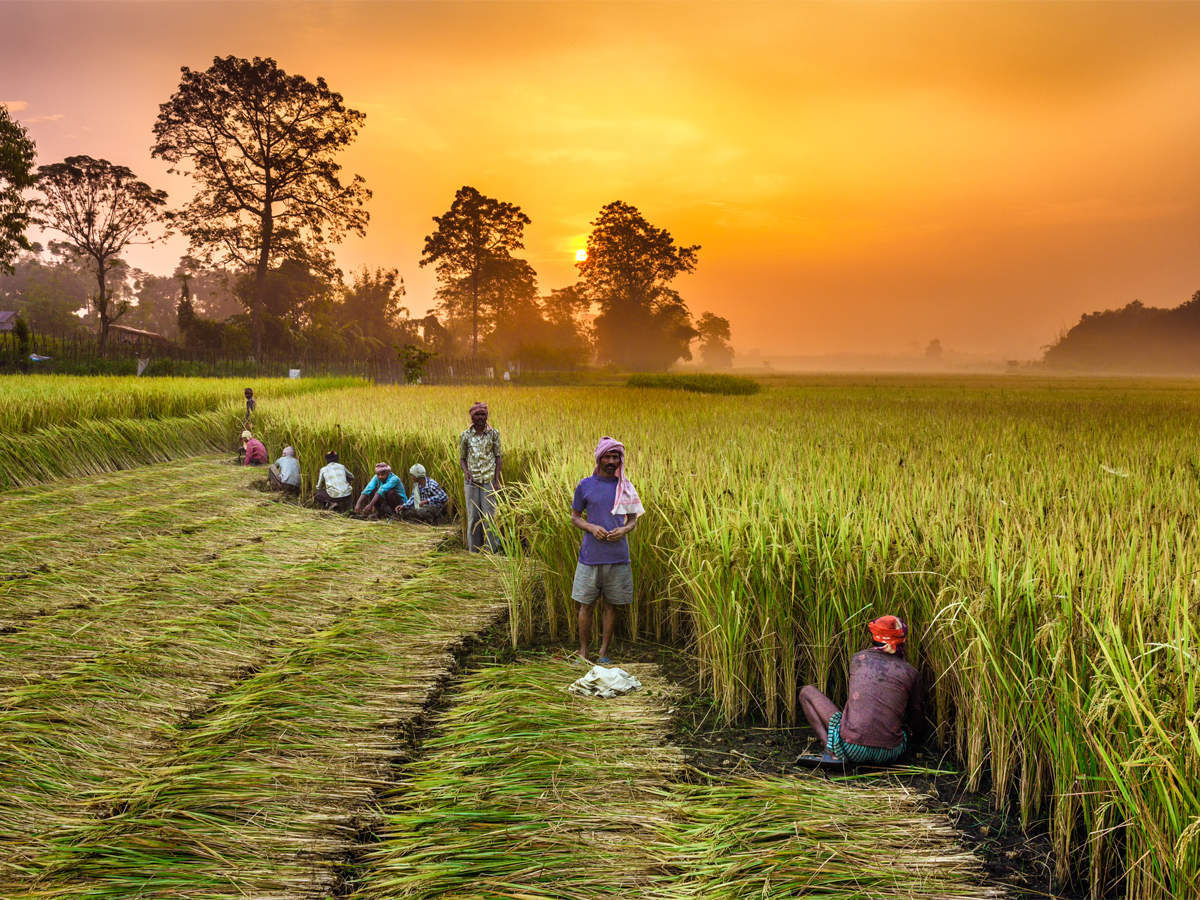Agriculture continues to account for the majority of rural consumption, which eventually contributes to the general consumption level of the country.
Farmers have been complaining about low returns on their crops. And it’s for a variety of reasons, one of which is the rising cost of supplies, which is lowering earnings.
The role of infrastructure is vital for farm development and bringing production dynamics to the next level. From 2020-21 to 2029-30, the government would give interest subsidy (up to Rs 2 crore at 3%) and loan guarantee (up to Rs 2 crore) for post-harvest management projects in ten distinct categories, as well as to establish viable community farming assets.
1. Private Undertakings
The underlying goal, as with the larger post-1991 economic model, is crystal evident. The government’s role will be limited to developing an environment that supports long-term debt financing through priority sector loans with some kind of limited support in the private sector or through a PPP format, such as interest subvention, incentives, and credit guarantees.

Despite the overall increase in indebtedness and the Covid-19 crisis contributing to the current concerns, more debt, or schemes promoting more debt, appears to be the flavor of the day.
The government’s objective appears to be clear: it does not want to build any facilities directly and will instead leave new agricultural infrastructure investments to the private sector.
2. Crisis
According to official estimates, there is room for an additional 4 million hectares of horticultural crops. This will result in an additional eight million jobs in the horticulture industry.
According to government data, switching to high-value crops like horticulture can boost gross returns by up to Rs 110,000 per hectare.

However, The sale and post-harvest loss are the two biggest problems that horticulture growers face. Farmers are already losing money as a result of this growth.
If only corporate houses and private industrial endeavors are considered, they are a thriving set of privacy concerns.
They are the driving force behind India’s farm mechanical sector, seed sector, and large investments in the horticulture and food processing sector.
Agriculture, on the other hand, is a private enterprise. Private investments, primarily from debt-ridden farmers, have kept the agriculture sector afloat.

Agriculture’s gross capital formation fell from Rs. 2, 74,432 crores to Rs. 2, 54, 495 crores between 2011-12 and 2014-15. In 2011-12, the private contribution was Rs. 2, 38,717 crore, while in 2014-15, it was Rs. 2, 20,434 crore.
In reality, the share of public investment in gross capital formation has dropped to an all-time low. This shows that government spending in the industry is decreasing, notably in capital investments.
But, since farmers account for the majority of private investment, what incentives should they be given to keep farming? This needs to be mapped out because the corporate sector is usually involved in processing or constructing storage facilities after the harvest.
3. Way Ahead
Although the policy efforts implemented over the last five years have been noteworthy in their approach, more remains to be done in order to meet the targeted goal of doubling farmers’ income by 2022.
Time-bound policy execution while eliminating red tape-ism are key issues for policymakers in ensuring successful and inclusive growth. It is critical that different ministries and center-state administrations work together.

To guarantee that benefits reach the grassroots, a robust literary infrastructure, i.e. awareness and education about policies, is required.
By providing quick and easy microfinance solutions, the majority of farmer households can be brought into the official financial sector.
Moreover, Innovative financial instruments are required to tap into the domestic private investment stock, which is profitable and secure enough for even the most risk-averse and conservative investors.
Also Read: Global Shortage Of Water For Agriculture









